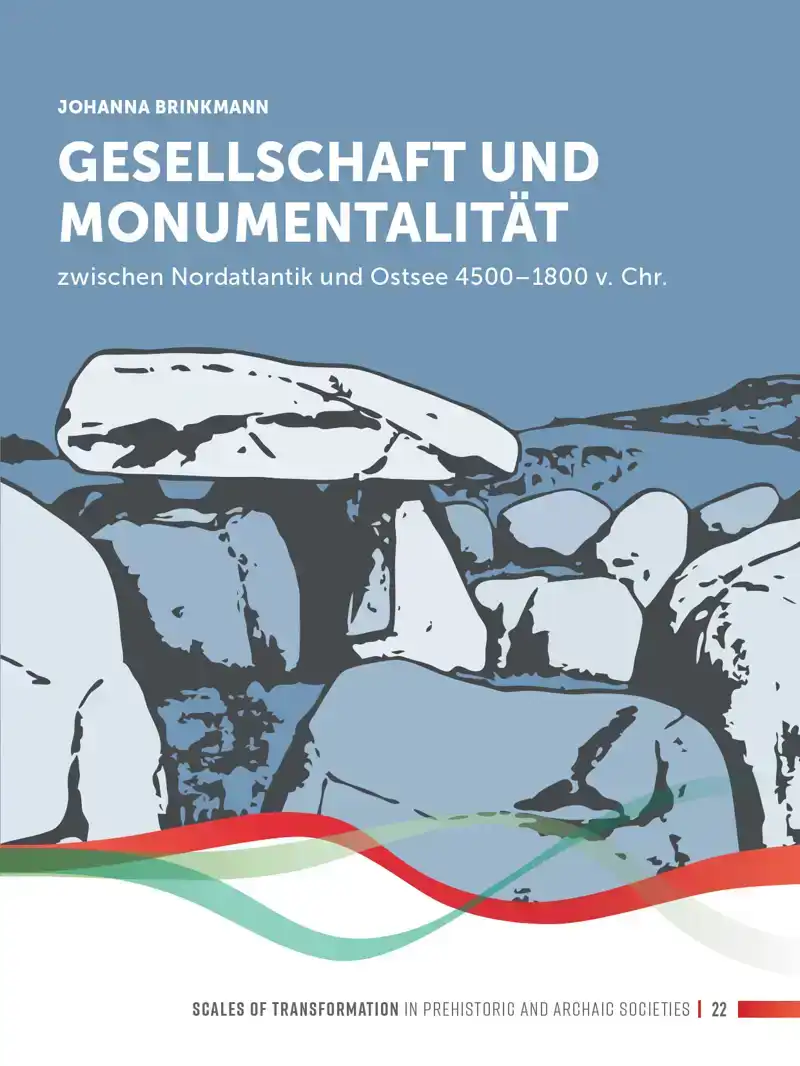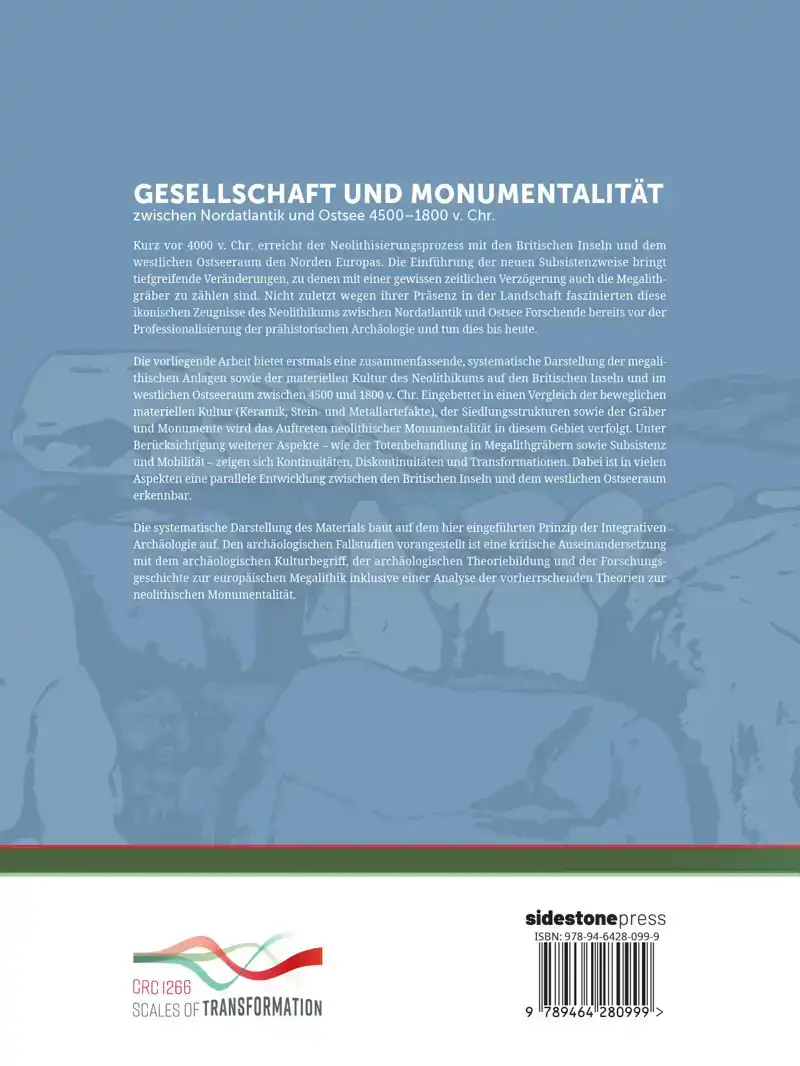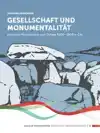- Andere Talen
- Duitse boeken
- GESELLSCHAFT UND MONUMENTALITAT ZWISCHEN NORDATLANTIK UND OS
BRINKMANN, JOHANNA
GESELLSCHAFT UND MONUMENTALITAT ZWISCHEN NORDATLANTIK UND OS
120,00incl BTW
Nog niet verschenen. Wordt verwacht op: 17-09-2025
Vertrouwd sinds 1927
Persoonlijke aandacht en advies
Vanaf 17,50 gratis verzenden NL & BE
Meer dan 150.000 artikelen online
Omschrijving GESELLSCHAFT UND MONUMENTALITAT ZWISCHEN NORDATLANTIK UND OS
Kurz vor 4000 v. Chr. erreicht der Neolithisierungsprozess mit den Britischen Inseln und dem westlichen Ostseeraum den Norden Europas. Die Einfuhrung der neuen Subsistenzweise bringt tiefgreifende Veranderungen, zu denen mit einer gewissen zeitlichen Verzogerung auch die Megalithgraber zu zahlen sind. Nicht zuletzt wegen ihrer Prasenz in der Landschaft faszinierten diese ikonischen Zeugnisse des Neolithikums zwischen Nordatlantik und Ostsee Forschende bereits vor der Professionalisierung der prahistorischen Archaologie und tun dies bis heute.
Die vorliegende Arbeit bietet erstmals eine zusammenfassende, systematische Darstellung der megalithischen Anlagen sowie der materiellen Kultur des Neolithikums auf den Britischen Inseln und im westlichen Ostseeraum zwischen 4500 und 1800 v. Chr. Eingebettet in einen Vergleich der beweglichen materiellen Kultur (Keramik, Stein- und Metallartefakte), der Siedlungsstrukturen sowie der Graber und Monumente wird das Auftreten neolithischer Monumentalitat in diesem Gebiet verfolgt. Unter Berucksichtigung weiterer Aspekte - wie der Totenbehandlung in Megalithgrabern sowie Subsistenz und Mobilitat - zeigen sich Kontinuitaten, Diskontinuitaten und Transformationen. Dabei ist in vielen Aspekten eine parallele Entwicklung zwischen den Britischen Inseln und dem westlichen Ostseeraum erkennbar.
Die systematische Darstellung des Materials baut auf dem hier eingefuhrten Prinzip der Integrativen Archaologie auf. Den archaologischen Fallstudien vorangestellt ist eine kritische Auseinandersetzung mit dem archaologischen Kulturbegriff, der archaologischen Theoriebildung, der Forschungsgeschichte zur europaischen Megalithik inklusive einer Analyse der vorherrschenden Theorien zur neolithischen Monumentalitat.
English abstract
The process of Neolithization reached northern Europe shortly before 4000 BCE spreading to the British Isles and the western Baltic region. The introduction of the new subsistence economy brings with it profound changes, of which the megalithic tombs that appear soon afterwards are probably among the most striking features. Due to their presence in the landscape, these iconic testimonies of the Neolithic between the NorthAtlantic and the Baltic Sea were a source of fascination even before the professionalization of prehistoric archaeology and continue so today beyond the academic discourse.
This work is the first to offer a summarizing, systematic study of the megalithic sites and the entire material culture of the Neolithic on the British Isles and in the western Baltic between 4500 and 1800 BCE. Embedded in a comprehensive comparative analysis of the movable material culture (pottery, stone and metal artifacts), the settlement structures as well as the graves and monuments, the occurrence of Neolithic monumentality in this area is traced across the entire Neolithic period. On a large-scale level, parallel developments between the British Isles and the western Baltic region are evident in many aspects.
The systematic presentation of the archaeological material is based on the here introduced principle of integrative archaeology. The archaeological case studies are preceded by a critical examination of the concept of archaeological cultures and theory formation in archaeology on the one hand, and a summary of megalithism in the European research history as well as an analysis of the prevailing theories on Neolithic monumentality on the other.
Die vorliegende Arbeit bietet erstmals eine zusammenfassende, systematische Darstellung der megalithischen Anlagen sowie der materiellen Kultur des Neolithikums auf den Britischen Inseln und im westlichen Ostseeraum zwischen 4500 und 1800 v. Chr. Eingebettet in einen Vergleich der beweglichen materiellen Kultur (Keramik, Stein- und Metallartefakte), der Siedlungsstrukturen sowie der Graber und Monumente wird das Auftreten neolithischer Monumentalitat in diesem Gebiet verfolgt. Unter Berucksichtigung weiterer Aspekte - wie der Totenbehandlung in Megalithgrabern sowie Subsistenz und Mobilitat - zeigen sich Kontinuitaten, Diskontinuitaten und Transformationen. Dabei ist in vielen Aspekten eine parallele Entwicklung zwischen den Britischen Inseln und dem westlichen Ostseeraum erkennbar.
Die systematische Darstellung des Materials baut auf dem hier eingefuhrten Prinzip der Integrativen Archaologie auf. Den archaologischen Fallstudien vorangestellt ist eine kritische Auseinandersetzung mit dem archaologischen Kulturbegriff, der archaologischen Theoriebildung, der Forschungsgeschichte zur europaischen Megalithik inklusive einer Analyse der vorherrschenden Theorien zur neolithischen Monumentalitat.
English abstract
The process of Neolithization reached northern Europe shortly before 4000 BCE spreading to the British Isles and the western Baltic region. The introduction of the new subsistence economy brings with it profound changes, of which the megalithic tombs that appear soon afterwards are probably among the most striking features. Due to their presence in the landscape, these iconic testimonies of the Neolithic between the NorthAtlantic and the Baltic Sea were a source of fascination even before the professionalization of prehistoric archaeology and continue so today beyond the academic discourse.
This work is the first to offer a summarizing, systematic study of the megalithic sites and the entire material culture of the Neolithic on the British Isles and in the western Baltic between 4500 and 1800 BCE. Embedded in a comprehensive comparative analysis of the movable material culture (pottery, stone and metal artifacts), the settlement structures as well as the graves and monuments, the occurrence of Neolithic monumentality in this area is traced across the entire Neolithic period. On a large-scale level, parallel developments between the British Isles and the western Baltic region are evident in many aspects.
The systematic presentation of the archaeological material is based on the here introduced principle of integrative archaeology. The archaeological case studies are preceded by a critical examination of the concept of archaeological cultures and theory formation in archaeology on the one hand, and a summary of megalithism in the European research history as well as an analysis of the prevailing theories on Neolithic monumentality on the other.
Reviews
0.0/5.0
Gemiddelde uit 0 reviews
Meest behulpzame reviews
Nog geen reviews geschreven




